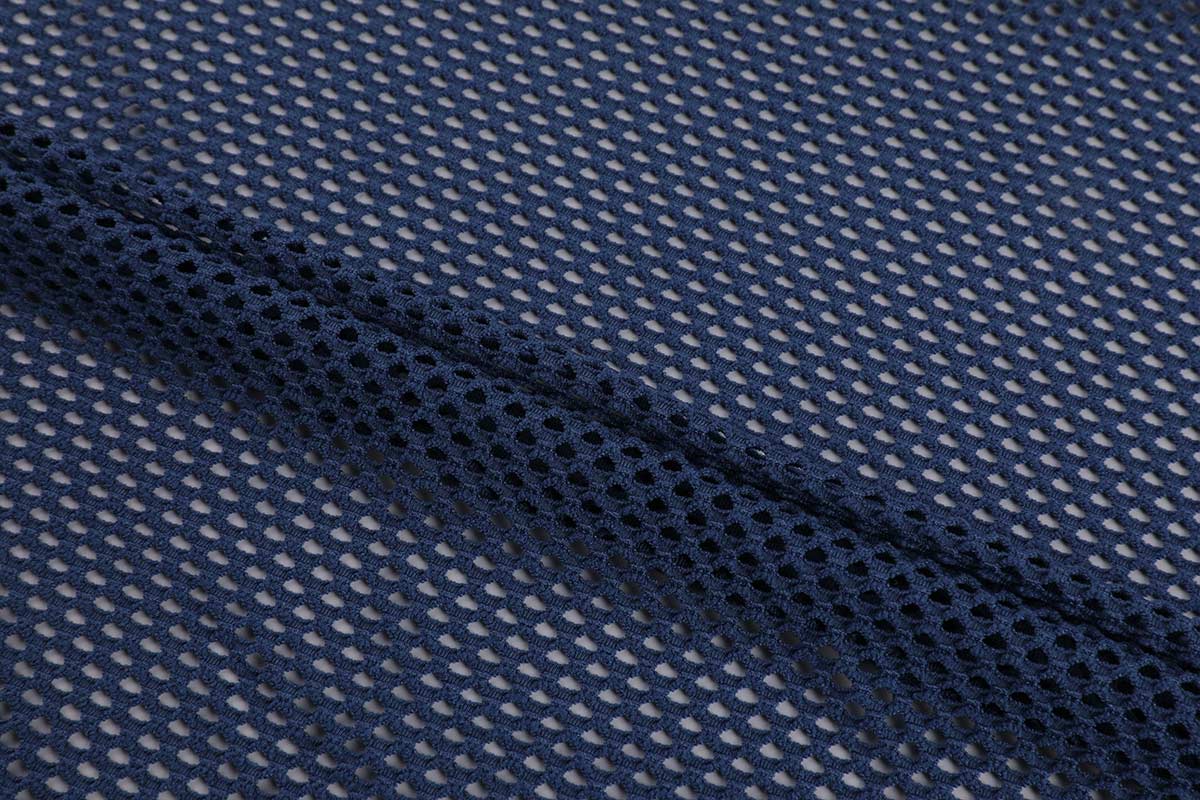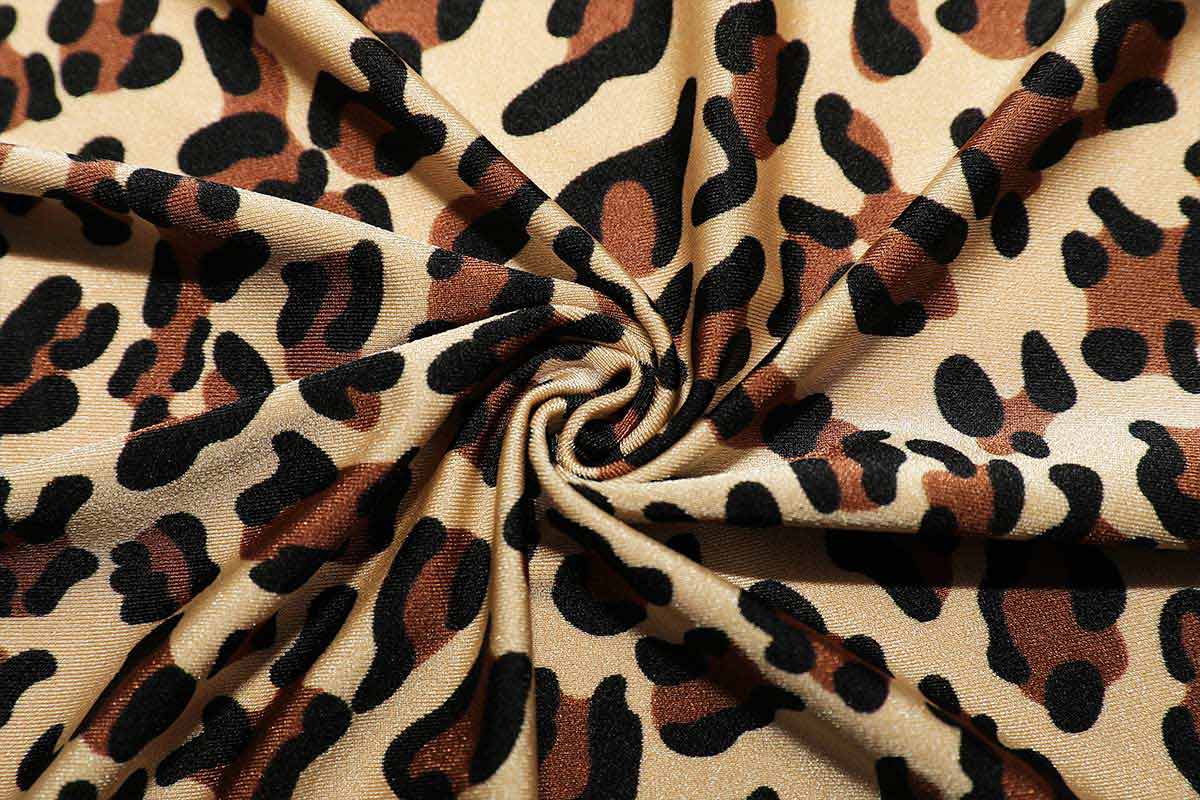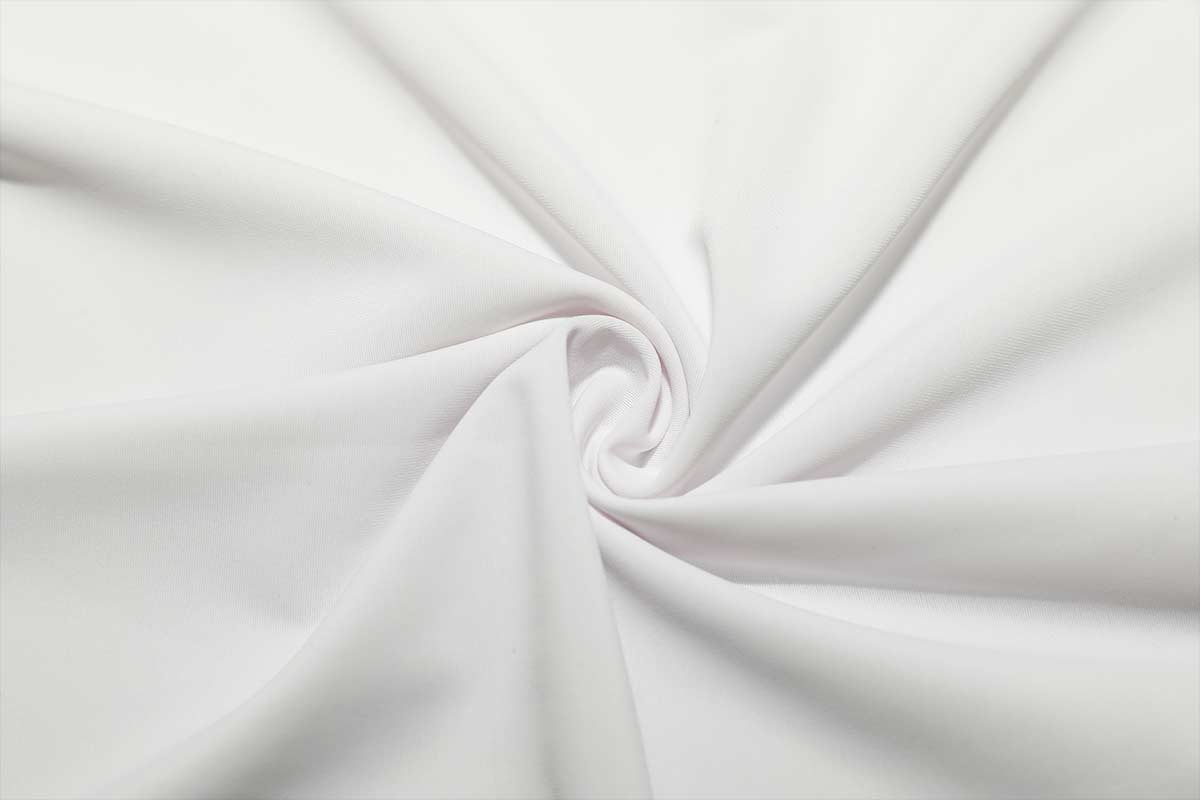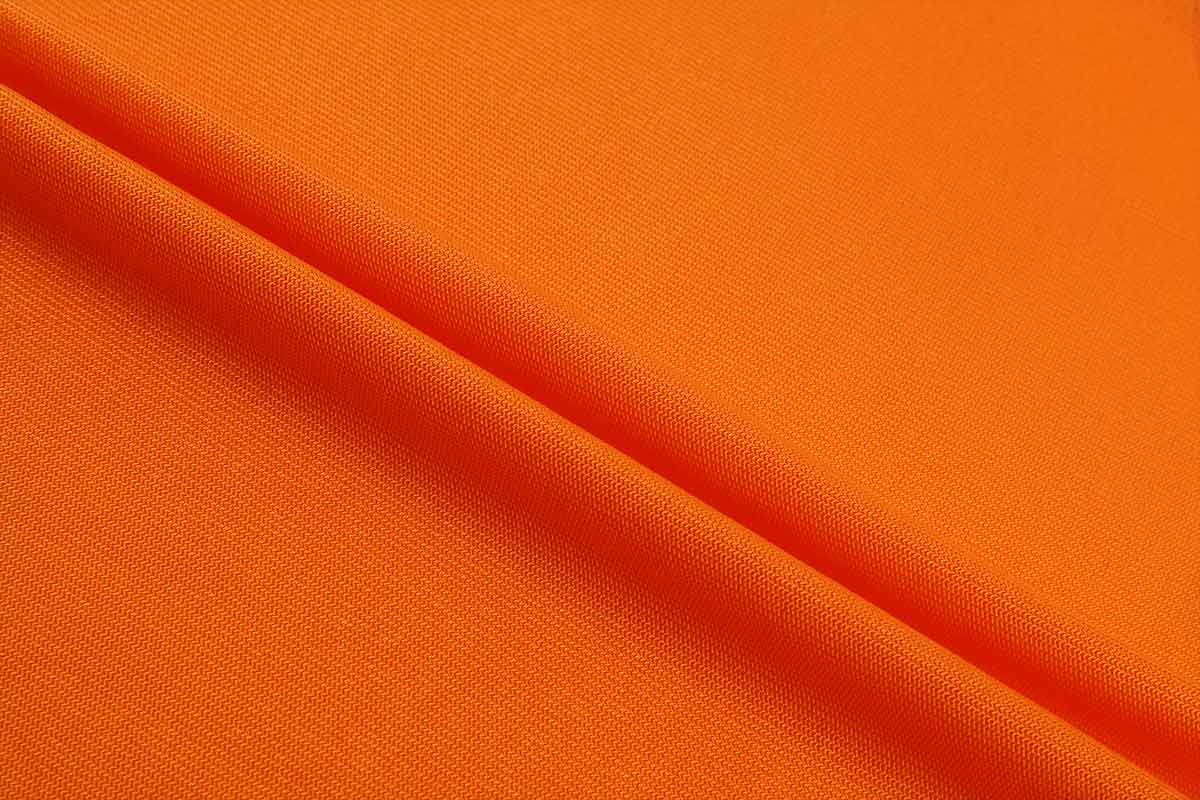The blend of fibers and the texture of weft knit fabric can have significant effects on the fabric's appearance, performance, and characteristics. Here's how blend and texture influence weft knit fabrics:
Effects of Fiber Blend:
Comfort: The choice of fiber blend can impact the comfort of the fabric. Natural fibers like cotton and modal are known for their softness and breathability, making them comfortable against the skin. Blending them with synthetic fibers like polyester or elastane can enhance properties like stretch and durability.
Stretch and Elasticity: The blend of fibers can determine the fabric's stretch and elasticity. For example, adding elastane (spandex) to the blend can impart desirable stretch and recovery properties to the fabric, making it suitable for form-fitting garments or activewear.
Moisture Management: Some synthetic fibers, such as polyester, are moisture-wicking and can help draw sweat away from the body. Blending natural and synthetic fibers can create fabrics that offer both comfort and moisture management, making them suitable for sports and active wear.
Durability: Synthetic fibers like polyester and nylon are known for their durability and resistance to wear and tear. Blending them with natural fibers can result in fabrics that are both comfortable and long-lasting.


Shrinkage and Wrinkle Resistance: Fiber blends can also influence the fabric's resistance to shrinkage and wrinkling. Blends that include synthetic fibers often have better shape retention and resistance to wrinkling.
Cost: Fiber blend choices can impact the cost of the fabric. Natural fibers are generally more expensive than synthetic ones, so the cost-effectiveness of the blend is a consideration for manufacturers.
Effects of Texture:
Surface Appearance: The texture of weft knit fabric can range from smooth and uniform to textured and patterned. Different textures can create unique visual effects and surface appearances. For example, rib knits have vertical ridges, creating a textured surface, while single jersey knits have a smooth appearance.
Stretch and Recovery: The texture of the knit can affect the fabric's stretch and recovery properties. Some textured knits may have more or less stretch than smoother knits, influencing the garment's fit and comfort.
Warmth: The texture of the fabric can also impact its warmth. Textured knits with more air pockets may provide better insulation and warmth, making them suitable for cooler weather.
Dimensionality: Textured or patterned knits can add dimensionality to a garment's design. This can be used creatively to achieve various aesthetics and styles in fashion.
Breathability: Smoother, open-knit textures can enhance the breathability of the fabric, making it suitable for warm-weather garments.
Ease of Care: The texture can affect the ease of care for the fabric. Some textured knits may be more prone to snagging or may require specific care instructions to maintain their appearance.
The choice of fiber blend and the texture of weft knit fabric can be tailored to meet specific performance and aesthetic requirements. Designers and manufacturers select these factors based on the desired characteristics of the final garment, whether it's focused on comfort, stretch, moisture management, durability, visual appeal, or other considerations.




 简体中文
简体中文
